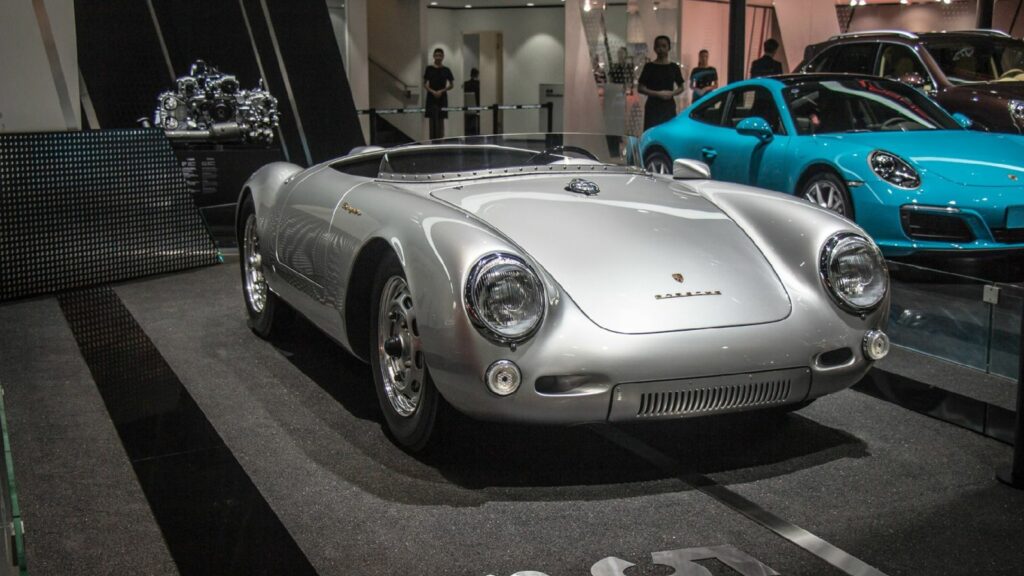Throughout the history of the automobile, there have been cars that didn’t just take us from point A to point B—they propelled us into the future. These engineering marvels were so ahead of their time that they left other vehicles in their dust, literally and figuratively. From the birth of electric cars (no, not just Tesla) to the integration of computer technology, some cars were true trailblazers. Here are 13 such cars.
Chrysler Turbine Car (1963)
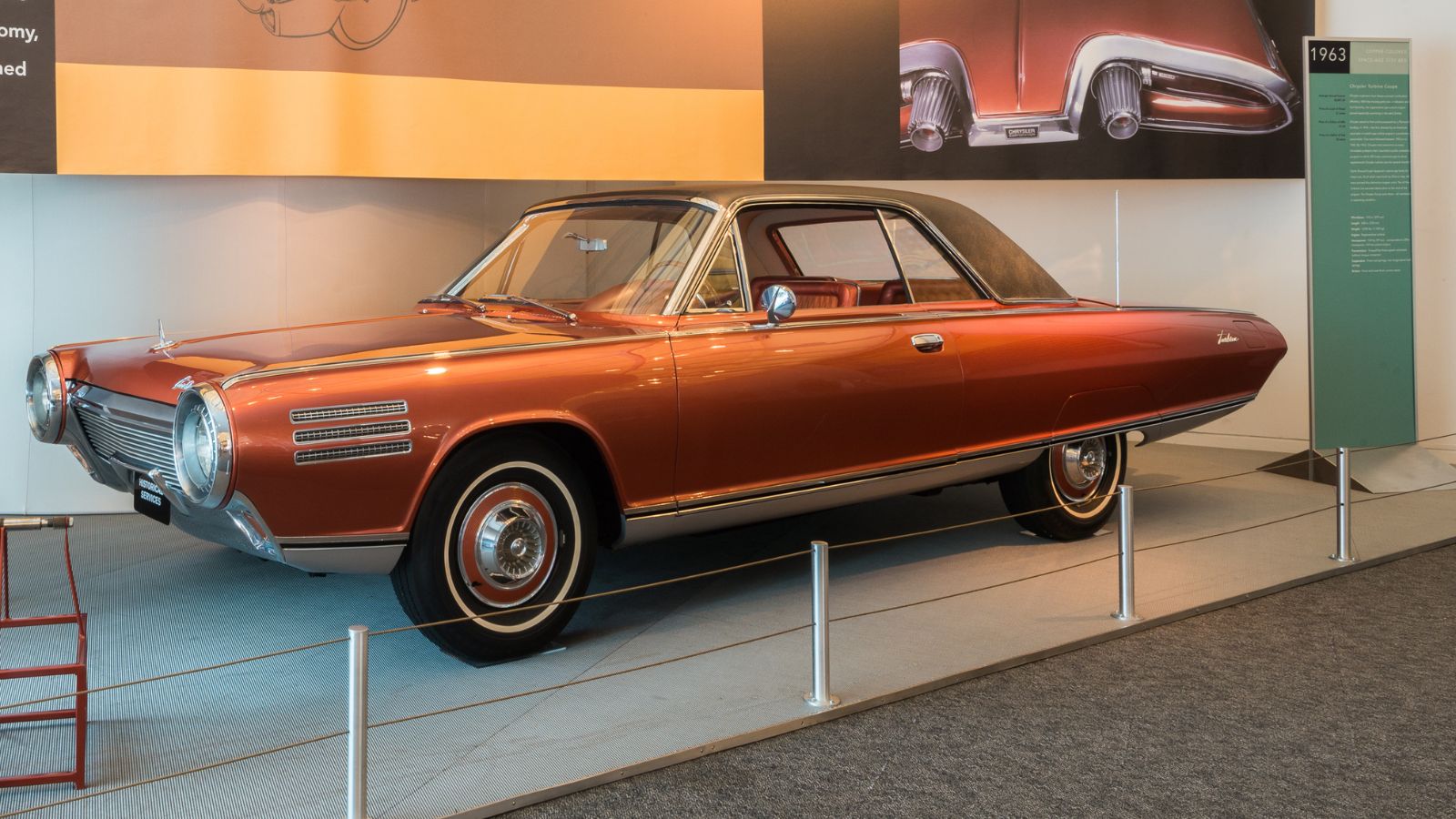
Imagine telling your neighbors in 1963 that your car had a jet engine. Chrysler made that fantasy a reality with the Turbine Car, powered by a turbine engine that ran on anything from kerosene to tequila. The car was smooth, futuristic, and sounded like a spaceship. Though only 55 units were ever produced, the Turbine Car was a testament to Chrysler’s willingness to push boundaries, even if it meant your garage occasionally smelled like a refinery.
Tucker 48 (1948)
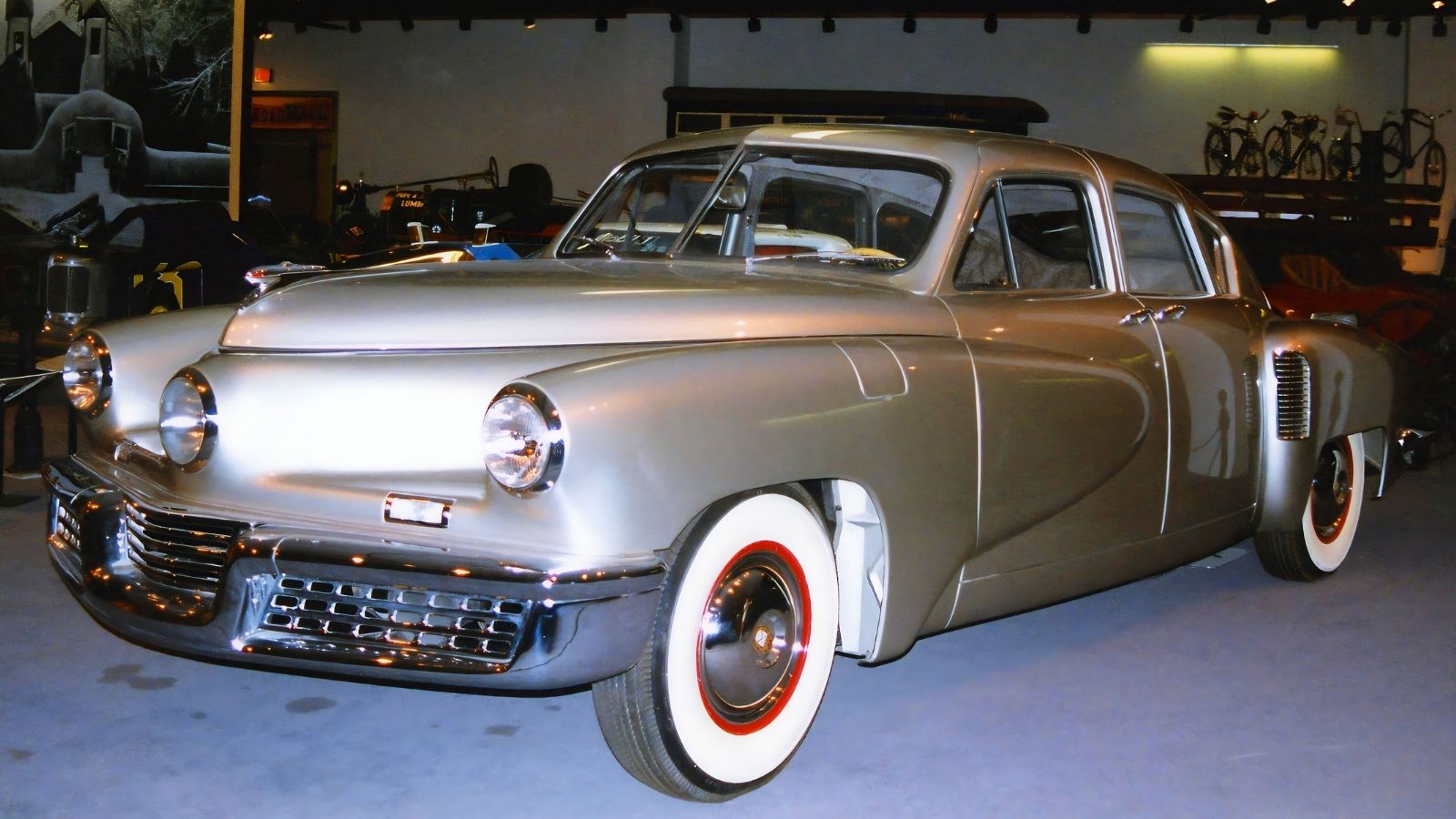
The Tucker 48 was a car so ahead of its time it almost felt like it was from a different planet. Designed by Preston Tucker, this car featured unheard-of innovations in the 1940s. It had a rear-mounted engine, a “Cyclops Eye” center headlight that turned with the steering wheel, and a padded dashboard for safety. Yes, safety—decades before it became a buzzword in the auto industry. Despite its groundbreaking features, only 51 Tuckers were ever made due to a combination of financial issues and alleged industry sabotage. Today, the Tucker 48 is a rare collector’s item, a testament to what could have been.
Citroën DS (1955)
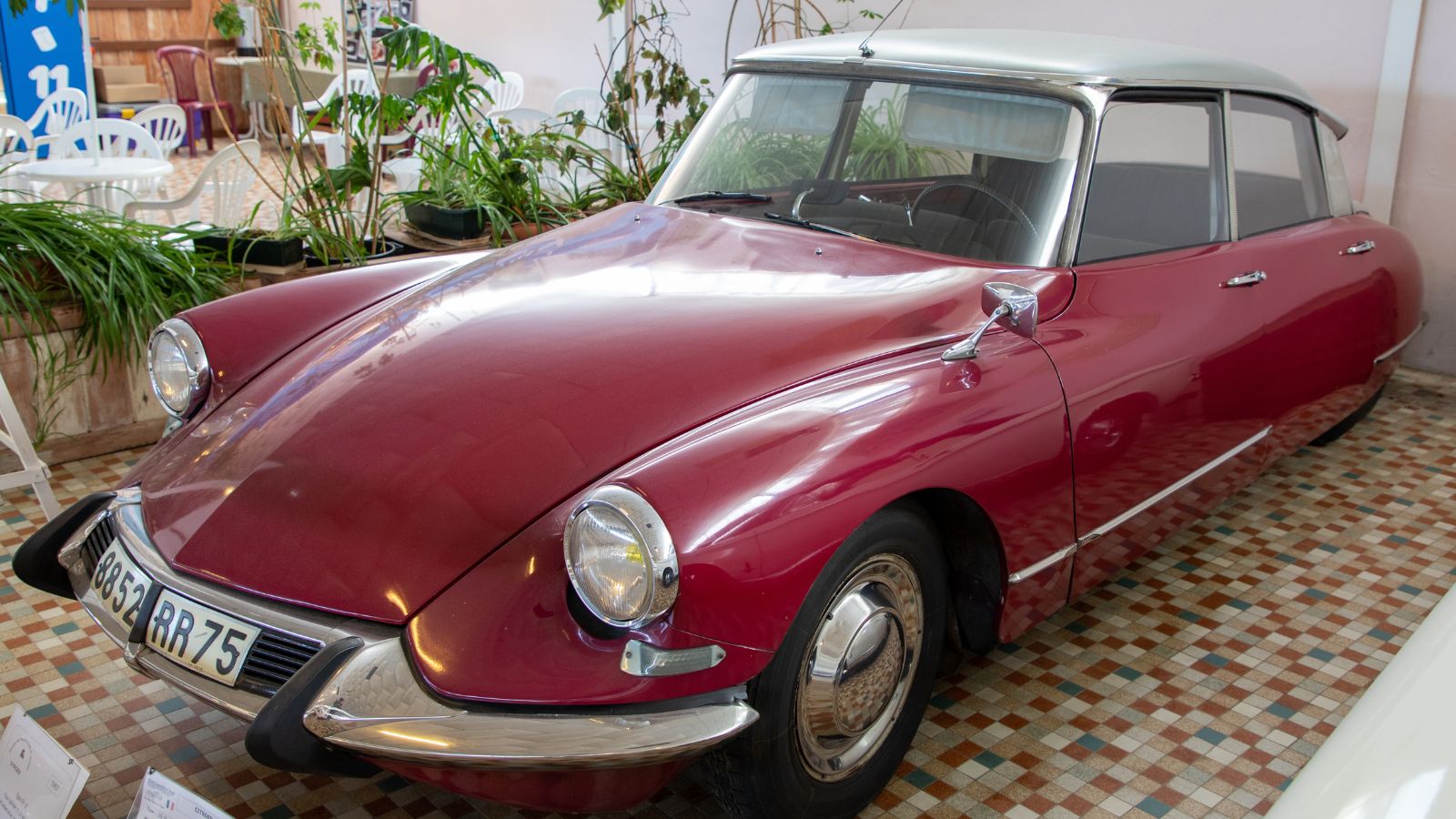
When Citroën unveiled the DS in 1955, jaws dropped, and people gasped—it was like seeing a spaceship land. The DS’s hydropneumatic suspension system was revolutionary, providing an incredibly smooth ride that made potholes feel like mere pebbles. This car also introduced disc brakes and had a futuristic design that looked like it had been plucked straight from a sci-fi novel. The DS’s impact was so profound that it was produced for 20 years and remained a symbol of technological elegance and innovation.
AMC Pacer (1975)
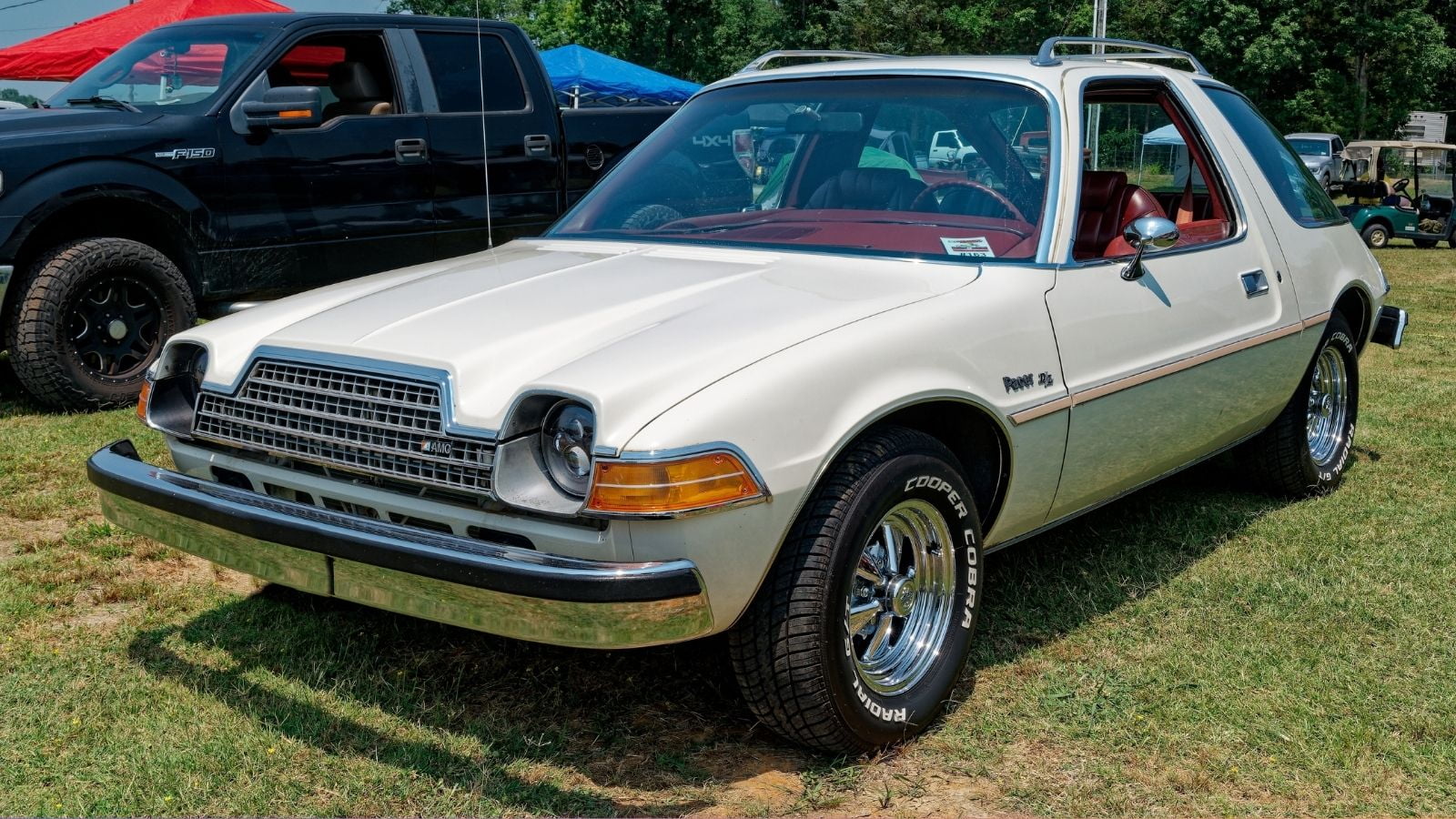
The AMC Pacer might be the butt of many jokes, but it was a seriously forward-thinking car. Designed to offer maximum interior space in a compact package, the Pacer was one of the first cars to feature a cab-forward design, which Chrysler would later popularize. Its expansive, almost fishbowl-like windows provided excellent visibility and a unique aesthetic. It also had a low drag coefficient, making it relatively aerodynamic for its time. How can you not love a car resembling a jelly bean on wheels?
Ford Mustang (1964)
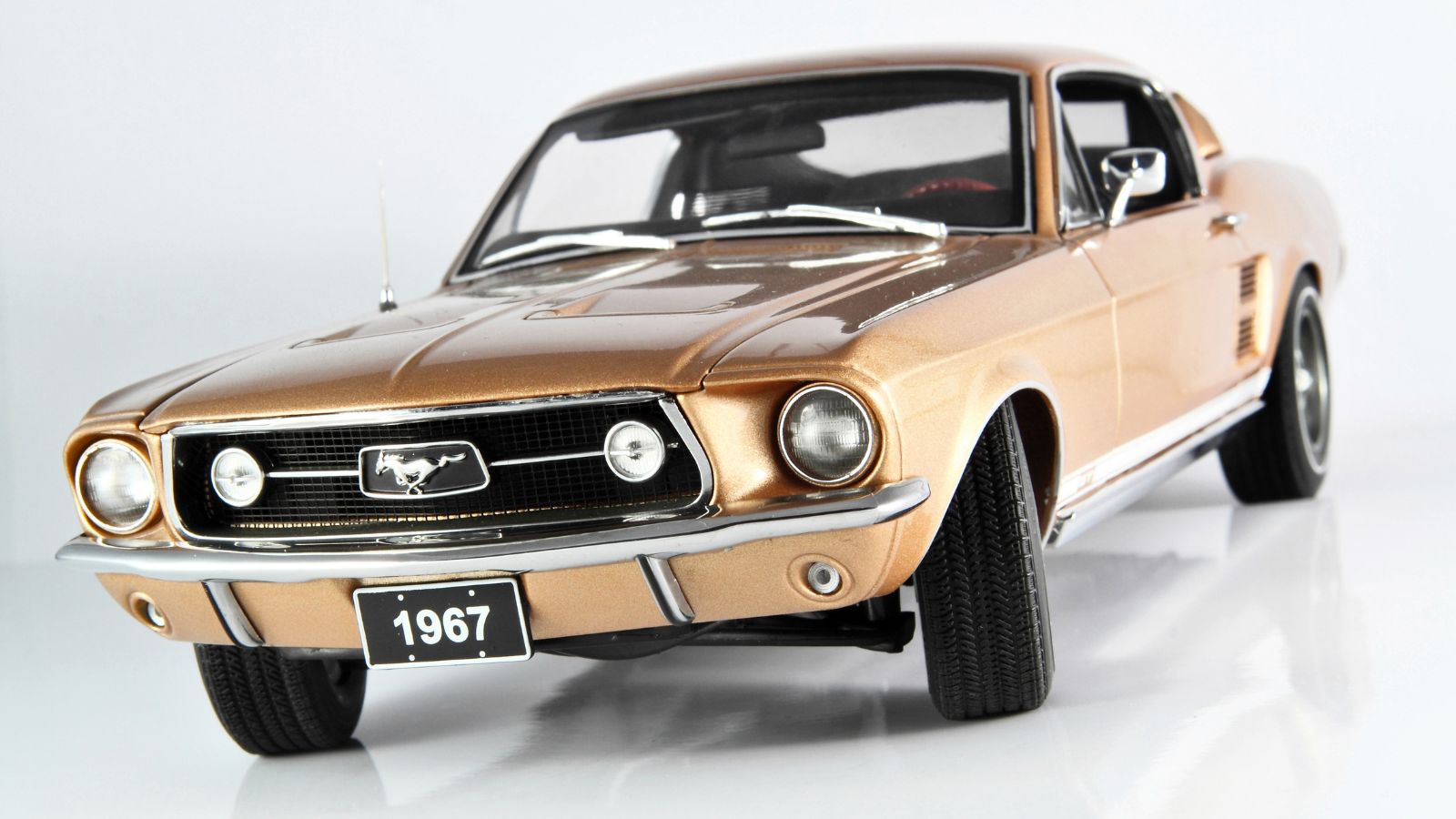
When the Ford Mustang galloped onto the scene in 1964, it didn’t just create a new car but a whole new category: The pony car. With its long hood, short deck, and sporty performance, the Mustang captured the hearts of Americans and became an instant classic. It was affordable and stylish and offered a range of engines to suit every driver’s needs. The Mustang’s introduction of the “option list” allowed buyers to customize their cars like never before, making it a truly personalized driving experience. Over 22,000 Mustangs were sold on its first day, proving Ford had hit a home run.
Lamborghini Miura (1966)

The Lamborghini Miura wasn’t just a car but a rolling piece of art. When it debuted in 1966, it was the world’s fastest production car, boasting a top speed of 171 mph. But speed wasn’t its only claim to fame. The Miura introduced the mid-engine layout to high-performance road cars, a design that has since become the standard for supercars. Its swooping curves and aggressive stance were the epitome of Italian design, and it quickly became the poster child for automotive posters. The Miura’s influence can still be seen in today’s supercars, making it a true pioneer.
NSU Ro 80 (1967)
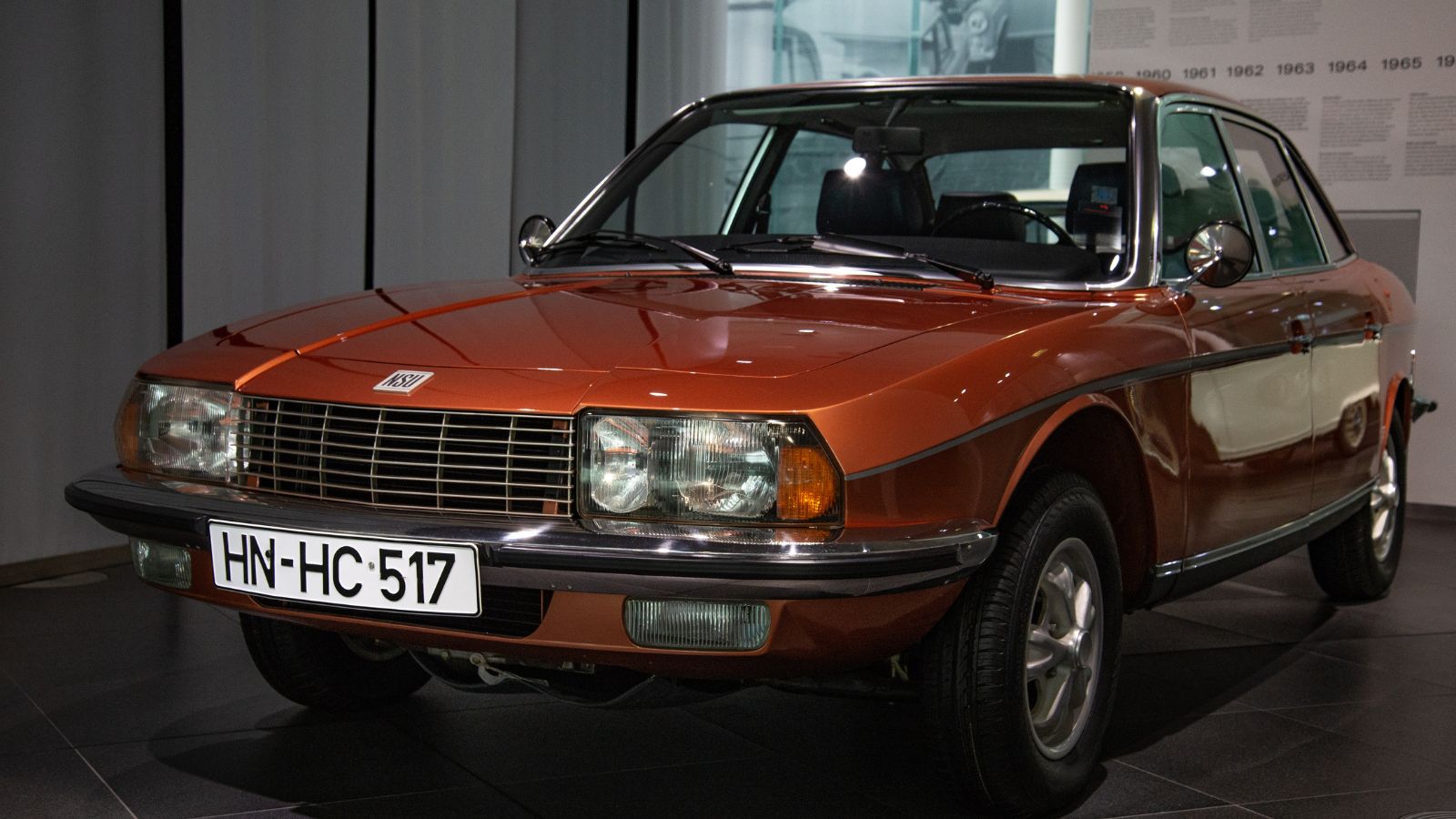
The NSU Ro 80 was innovative and won the European Car of the Year award in 1968. Its most notable feature was its Wankel rotary engine, which provided smooth and powerful performance, unlike any other engine. The Ro 80 also boasted a futuristic design with a low drag coefficient, making it stylish and aerodynamically efficient. Its advanced features, such as power-assisted disc brakes and a semi-automatic transmission, set it apart from its contemporaries. Despite its technological prowess, the rotary engine’s reliability issues hampered its success, but the Ro 80 remains a fascinating piece of the automotive world.
Honda Insight (1999)
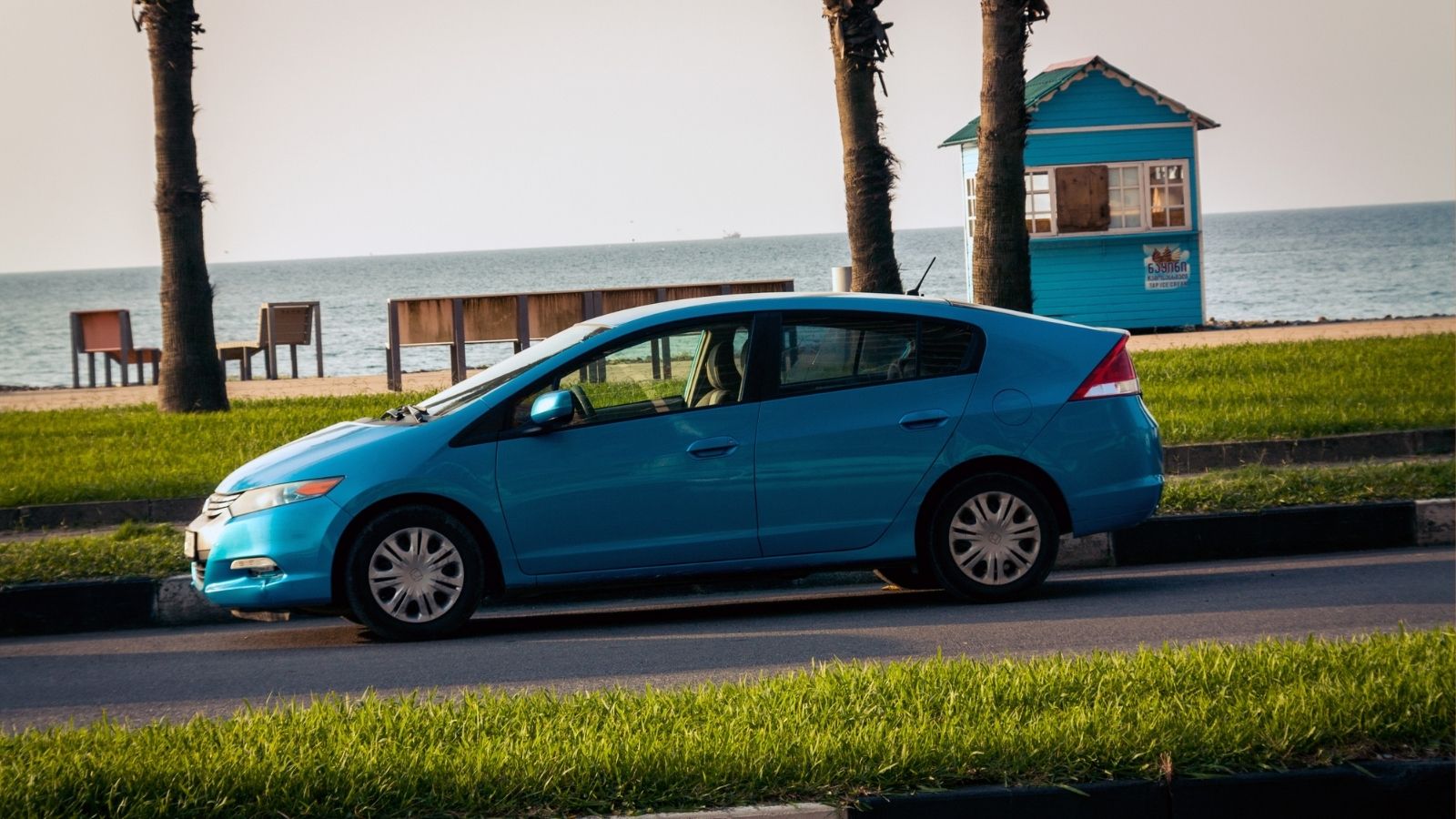
Long before the Toyota Prius became synonymous with hybrid cars, there was the Honda Insight. Launched in 1999, the Insight was the first hybrid vehicle sold in the United States. It featured a lightweight aluminum body, a highly efficient gasoline engine paired with an electric motor, and regenerative braking. Its teardrop shape and covered rear wheels were designed to maximize aerodynamics, giving it a fuel economy that could make a scooter jealous. The Insight was a technological trailblazer in an era when gas-guzzlers were still king.
Audi Quattro (1980)

The Audi Quattro revolutionized rally racing and brought all-wheel drive to the masses. Introduced in 1980, the Quattro’s all-wheel-drive system provided unprecedented levels of grip and handling, making it a dominant force in rally competitions. Its turbocharged engine and advanced suspension system set new performance standards, and it quickly became a favorite among driving enthusiasts. The Quattro’s success on the rally stage translated to sales success and paved the way for future Audi performance models. Its legacy lives on in the form of Audi’s Quattro all-wheel-drive system, which continues to set the benchmark for performance and traction.
Toyota Prius (1997)
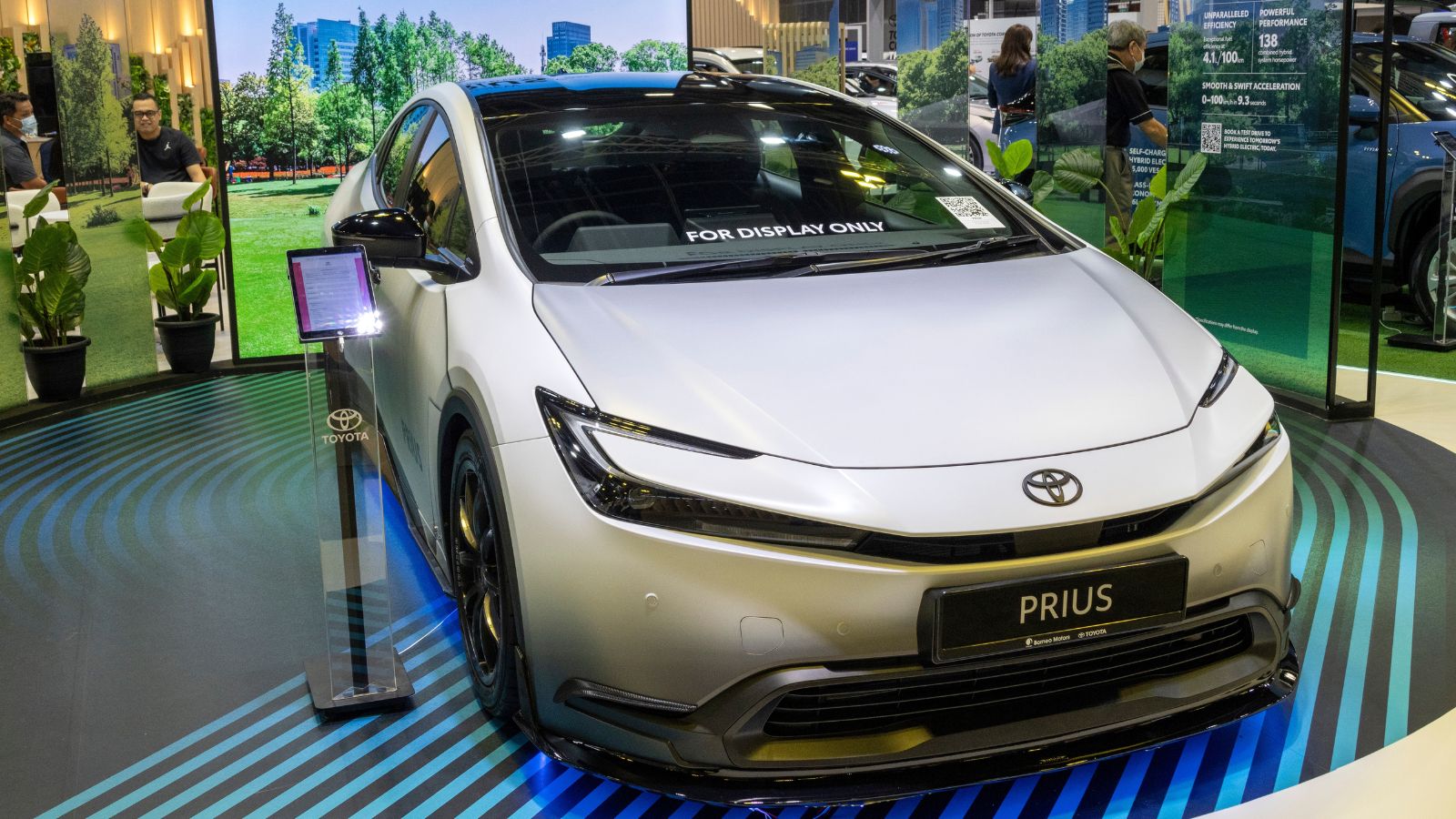
The Toyota Prius didn’t just introduce hybrid technology to the masses; it made it cool. When launched in 1997, the Prius was the first mass-produced hybrid car, combining a gasoline engine with an electric motor to achieve remarkable fuel efficiency. Its innovative powertrain and eco-friendly credentials made it a hit among environmentally conscious drivers. Over the years, the Prius has become more stylish and technologically advanced, but its core mission of reducing emissions and saving fuel remains unchanged. The Prius proved that green driving could be practical and desirable, inspiring a wave of hybrid and electric vehicles.
Tesla Model S (2012)
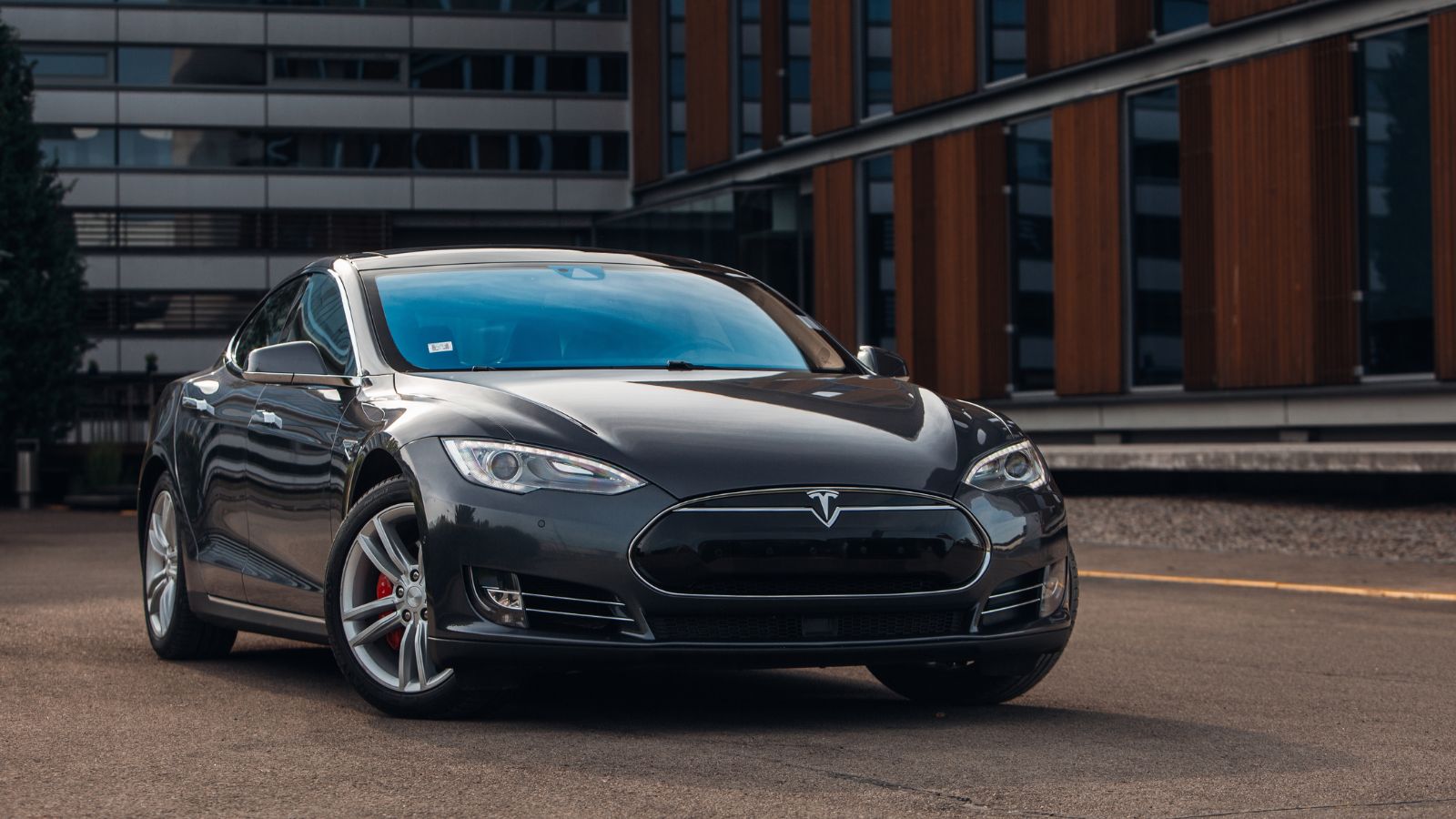
The Tesla Model S didn’t just change the game—it redefined it. Launched in 2012, the Model S set new standards for electric vehicles with its long-range, high-performance, and cutting-edge technology. Its dual-motor all-wheel-drive system, over-the-air software updates, and Autopilot capabilities put it leagues ahead of other cars on the market. The Model S’s sleek design and impressive acceleration made it a favorite among tech enthusiasts and car lovers. The Model S helped usher in a new era of automotive innovation by proving that electric cars could be both practical and thrilling.
Buick Reatta (1988)
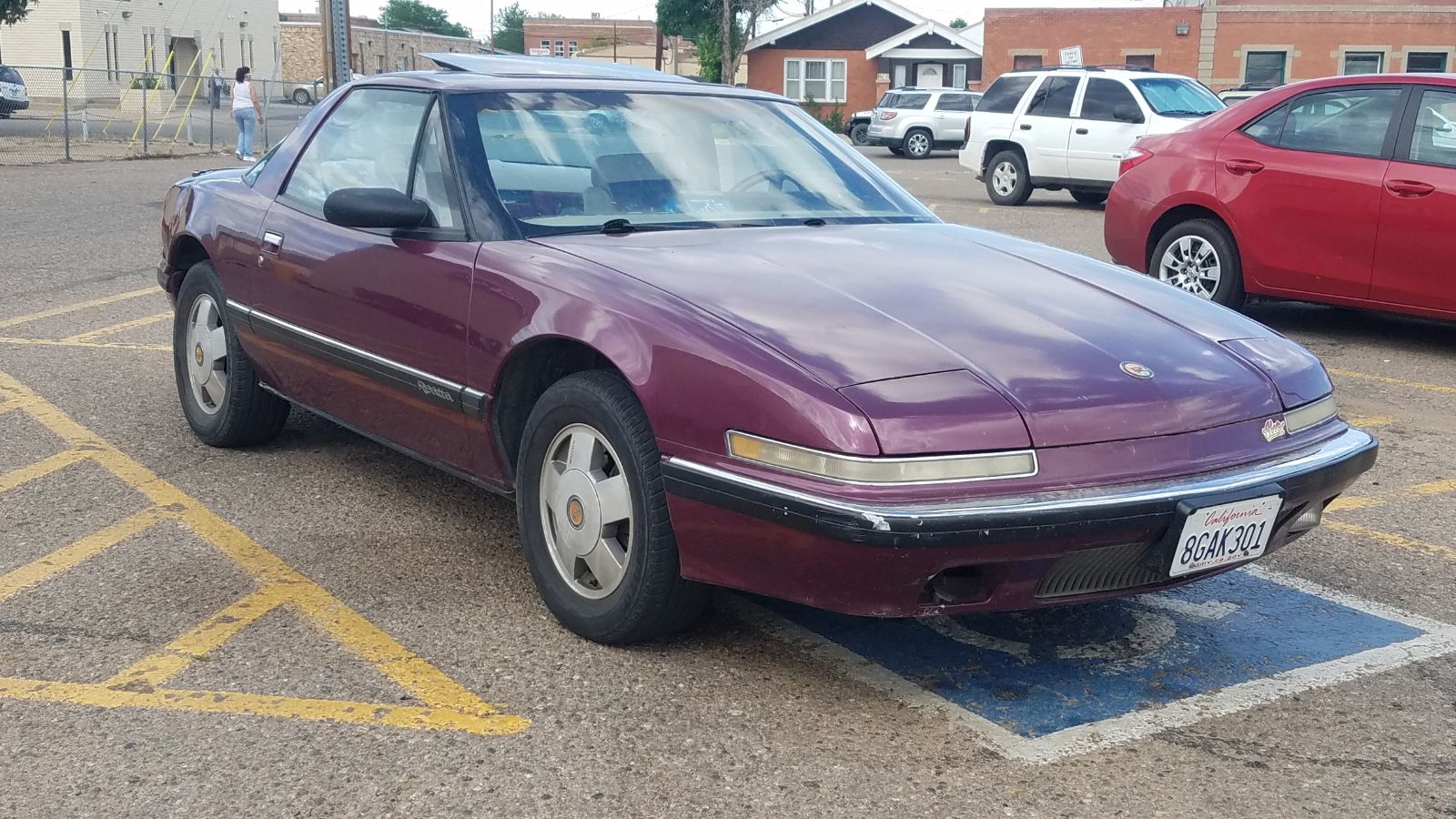
Buick isn’t usually synonymous with cutting-edge technology, but the Reatta was a notable exception. Launched in 1988, this two-seater featured a touchscreen interface—long before it became a standard in modern cars. The Electronic Control Center allowed drivers to manage climate controls, radio settings, and even trip information with a finger. The Reatta was also hand-built, which, while adding a touch of exclusivity, did little to prevent it from being a slow seller. Still, it was a glimpse into the future of car interiors.
Rimac C_Two (2020)
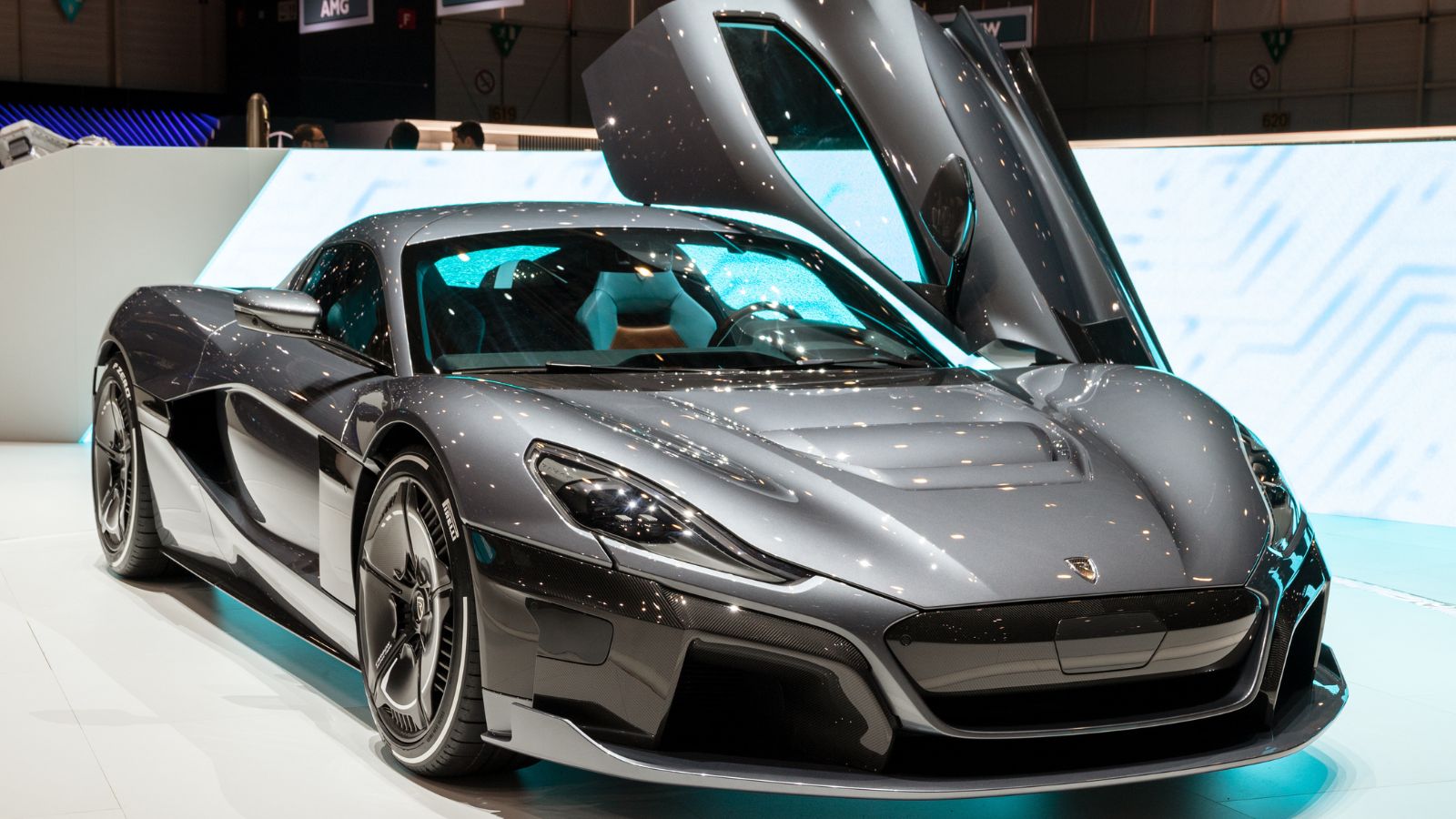
The Rimac C_Two electric hypercar makes even the most advanced supercars seem pedestrian. Unveiled in 2020, the C_Two boasts an astonishing 1,914 horsepower and a top speed of 258 mph. Its four electric motors, one for each wheel, provide unparalleled acceleration and handling. The C_Two’s advanced battery technology offers a range of over 340 miles, and its suite of autonomous driving features represents the cutting edge of automotive tech. Rimac’s commitment to pushing the boundaries of what’s possible with electric power makes the C_Two a true marvel of modern engineering.
14 Cars with a Reputation for Running Forever and Why They Outperform the Rest
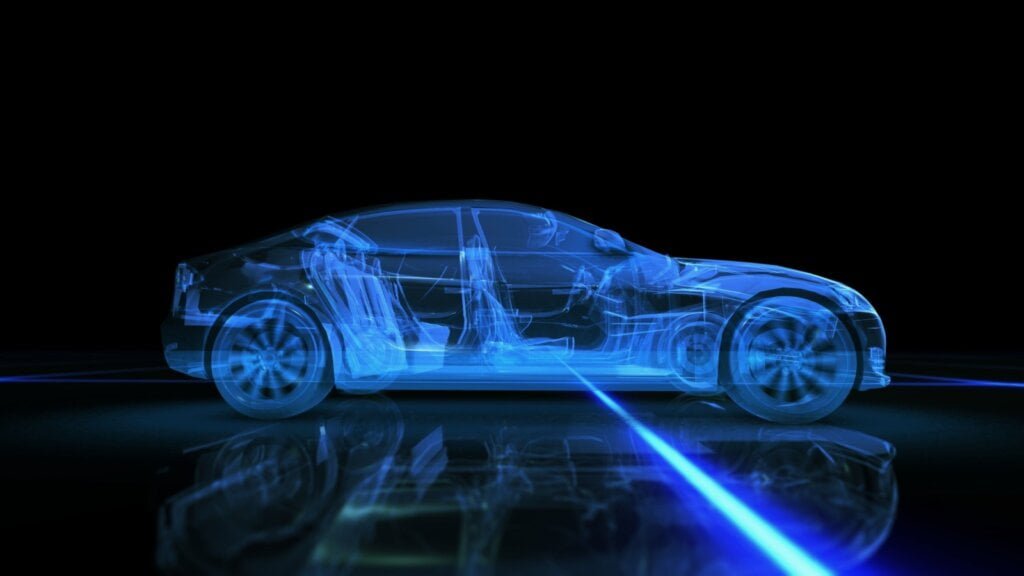
In the dynamic world of automobiles, some cars stand out for their remarkable longevity and enduring performance. These road warriors have earned a reputation for running seemingly forever, outpacing their counterparts. This article will explore 14 such vehicles and the reasons behind their legendary durability.
14 Cars With A Reputation For Running Forever And Why They Outperform The Rest
